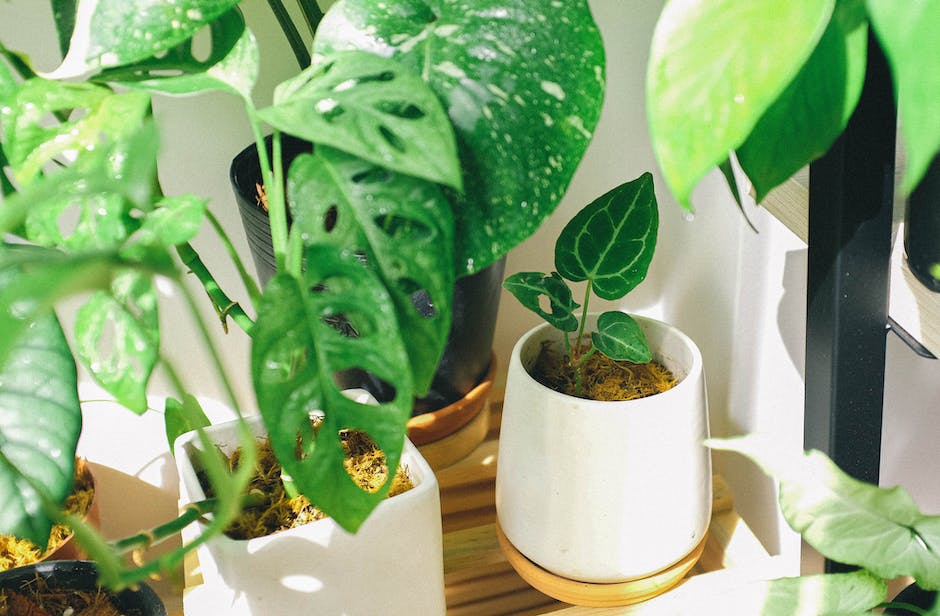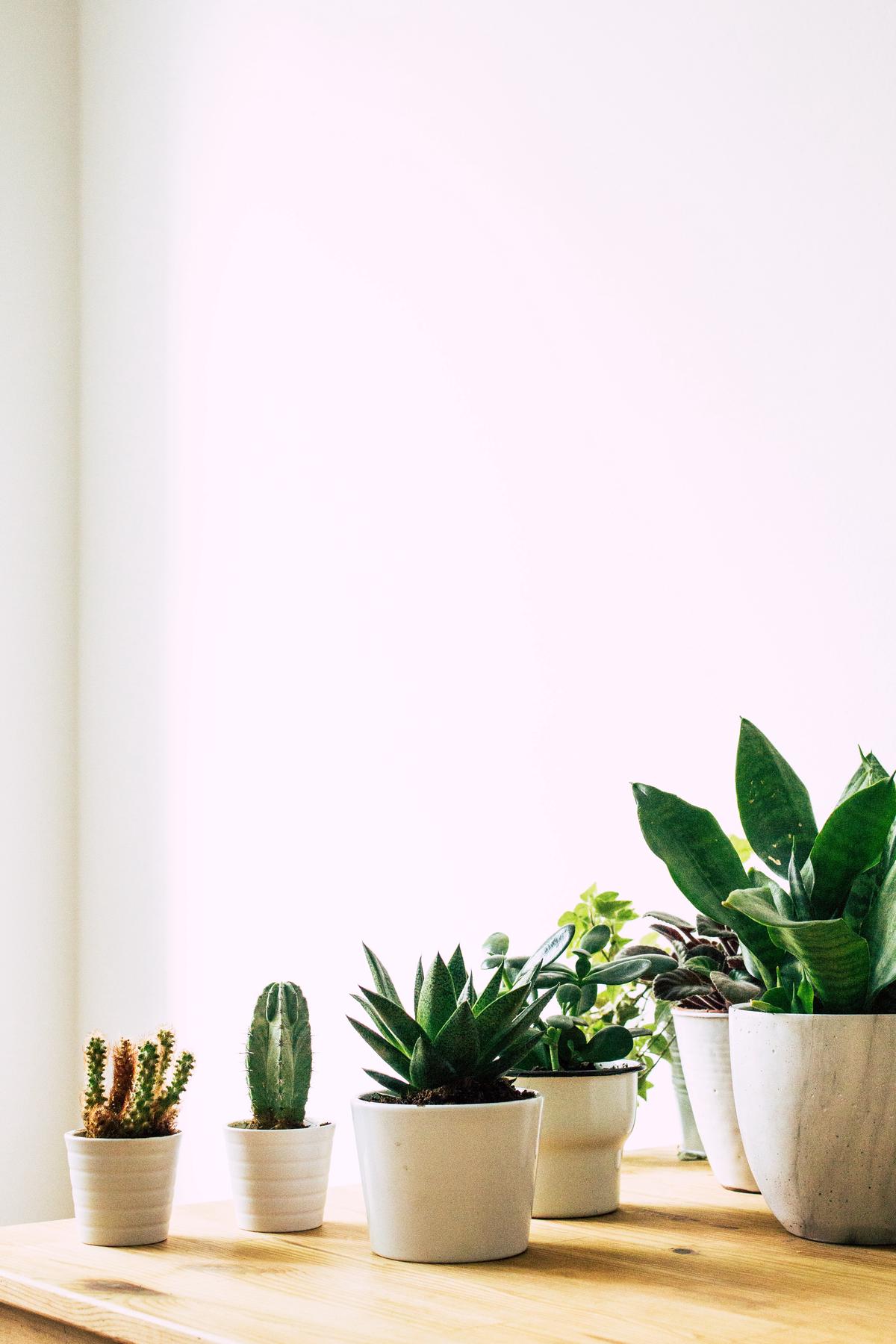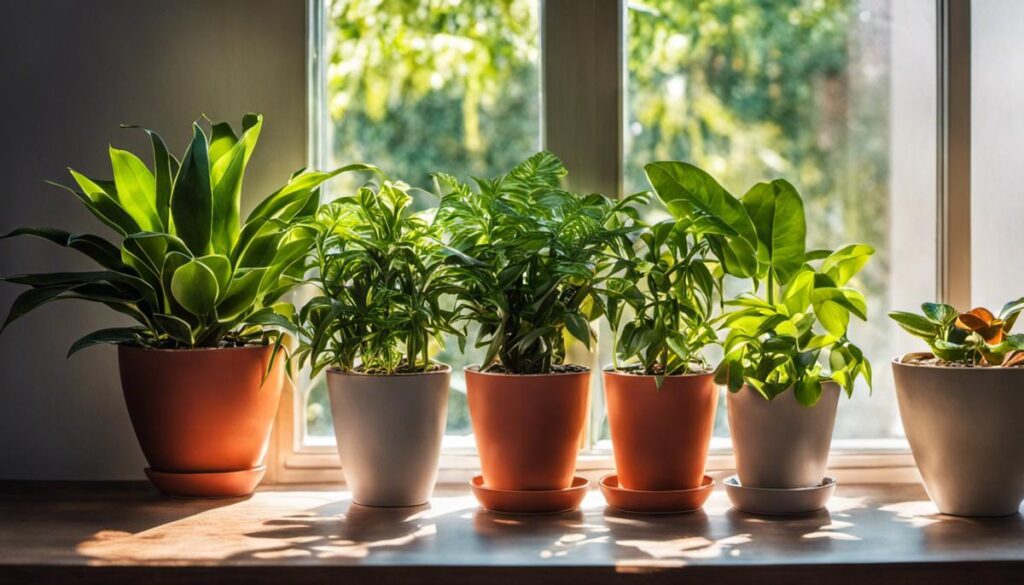As winter sets in, the conditions for houseplant survival drastically alter. The sunny, humid days give way to shorter daylight hours and lower temperatures, which, coupled with indoor heating systems result in drier conditions. Understanding the specific needs of indoor plants during the cold months becomes necessary for their optimum health. This includes acknowledging the altering light requirements, temperature preferences, and humidity considerations.
The impact of indoor winter atmosphere, like the dimmer light and arid heat on the well-being of the plants is also part of this broader spectrum. The aim is to seamlessly adjust our plant care routine in tune with their winter needs – be it tweaking the watering schedule, cutting back on fertilization or maintaining the right humidity levels. Further, staying aware of the common pests and diseases that thrive during winter and managing them effectively is also of the essence.
Understanding Indoor Plants Needs During Winter

Understanding Winter Needs for Indoor Plants
Indoor plants’ needs can change during the winter due to reductions in natural sunlight, lower temperatures, and changes in home humidity levels. It’s essential to properly care for houseplants during this period to ensure their health and survival. Understanding these needs can ensure your indoor greenery thrives through the colder months.
Light Requirements in Winter
Low light in winter may affect the health of indoor plants. During the shorter days of winter, the amount of available sunlight decreases, affecting photosynthesis, the main process plants use to convert sunlight into nutrients. Therefore, make sure your plants receive enough light during the day time. You may have to supplement natural light with artificial light for plants requiring high light levels. LED lights or fluorescent bulbs mimic the spectrum of light provided by the sun and ensure the plants’ proper growth. Place these lights close to the plants but prevent direct contact to avoid burning the leaves.
Temperature Preferences
Indoor plants typically prefer stable temperatures that mimic their natural, warmer habitat. Winter can often throw this off balance due to the subsequent drop in indoor temperatures, particularly at night. Maintain a temperature of around 65–75 degrees Fahrenheit during the day and around 60–65 degrees Fahrenheit at night for most common houseplants. Make sure to keep your plants away from cold drafts or excessive heat from radiators or fireplaces as both extremes can damage houseplants.
Humidity Considerations
Most houseplants originate from tropical regions and prefer a higher humidity level than an average winter home provides. Central heating systems can create a dry environment, which most houseplants find difficult to thrive in. To increase humidity, you can place a tray filled with water and pebbles underneath the plant pot. As the water evaporates, it will increase the surrounding humidity. Alternatively, you can use a humidifier or occasionally mist your plants with water, ensuring they receive the moisture they need.
Watering and Feeding During Winter
Watering should be reduced in winter as lower light levels mean plants use less water. Overwatering can lead to root rot and other diseases. Always check the soil’s top inch before watering: If it’s dry, then your plant needs a drink. The frequency of feeding should also be reduced because plant growth tends to slow down in winter.
Winter Indoor Plant Care is a Balancing Act
Effective winter care for indoor plants involves a delicate balancing act between light, temperature, humidity, watering, and feeding. By carefully observing and adjusting these conditions, you can ensure your indoor garden thrives through winter and beyond.
Adjusting Care Routines for Winter

Best Practices for Winter Care for Houseplants
To ensure your houseplants thrive during the cold winter months, it’s important to adjust usual care routines. One routine adjustment of significance is watering. With less sunlight and cooler temperatures, plant growth slows in winter, thereby the plant requires less water. This is why a common mistake some people commit is overwatering. To avoid this, reduce the frequency of watering and only when the top inch of soil is dry. Be careful to not let the plant’s roots sit in water as it can cause root rot.
Another routine adjustment relates to fertilizing. Most houseplants don’t need as much nutrition in the winter since they’re not in their active growing period. Consequently, reduce the frequency your plant is fertilized. Instead of the spring or summer rota of every two weeks, apply fertilizer just once a month or even once every two months. However, monitor your plants for changes; if they are showing signs of nutrients deficiency, adjust the schedule accordingly.
Maintaining sufficient humidity is a major concern during winter. The winter air is dry due to indoor heating and this could cause your houseplants to dry out faster. To counter this, consider misting your plants with water frequently, providing a pebble tray with water underneath your plants, or using a humidifier. Tropical houseplants particularly need humidity. If leaves are turning brown at the ends, this may be a sign your plant is not getting enough humidity.
In general, it’s crucial to be observant for signs of stress in your houseplants. Dropping leaves, brown leaf tips, or slowed growth might signify that the plant is struggling. Always adjust your care routine based on what your plants are communicating. Winter is definitely a challenging period for houseplants but with these adjustments in your care routine, they can continue to flourish and even bloom.
Winter Houseplant Pests and Diseases

Understanding Winter Houseplant Pests and Diseases
Many indoor plants can fall victim to various pests and diseases during winter’s harsh and dry conditions. Pests are attracted to the warmth and light indoor plants provide, while certain diseases can occur from overwatering and insufficient light. Two of the most common threats to houseplants during the winter are spider mites and root rot.
Recognizing and Controlling Spider Mites
Spider mites are tiny pests that can rapidly infest a houseplant if not promptly dealt with. They are notorious for their affinity for dry conditions, which makes your indoor plants a perfect breeding spot during winter. These mites create fine, silk-like webbing on the plant and cause its leaves to have yellow spots or fall off completely.
The key to controlling spider mites in winter is to keep humidity levels high, as it makes the environment less hospitable for them. Regularly misting your plants with water or introducing a humidifier can help serve this purpose. For extreme cases, horticultural oils, insecticidal soaps, or miticides can also be used following the specific product instruction.
Diagnosing and Preventing Root Rot
Root rot is a plant disease that typically materializes from overwatering, especially in the low light conditions that come with winter. Root rot can cause leaves to yellow, wilt, or fall off. If left untreated, this disease can quickly kill a plant.
To prevent root rot, make sure your houseplants have proper drainage and are not left sitting in water. It’s vital to maintain watering discipline in winter since plants’ water requirements decrease with lower light conditions. If you suspect root rot, consider repotting the plant in fresh, well-draining soil and pruning off affected root areas.
Maintaining Healthy Houseplants in Winter
Maintaining healthy houseplants in winter means providing proper light, maintaining adequate humidity, and being cautious about watering. Prevention is always better than cure, so monitor your plants regularly for any signs of pests or disease. In addition to that, isolating newly bought or sickly plants can help prevent the spread of pests or diseases to other houseplants.
Natural pesticides and fungicides, such as neem oil, can also be used as part of routine care to deter common pests and diseases. Always follow the product’s specific directions for the best results.
Navigating Houseplant Care in Winter
Navigating houseplant care in winter can be challenging, but the right knowledge and timely action can allow your plants to thrive even in unfavorable weather conditions.
House Plant Essentials
Preparing Plants for Spring

Understanding Your Houseplants Needs
Urban indoor plants don’t follow the seasons as strictly as their outdoor counterparts, but they do respond to changes in daylight, temperature, and humidity. It’s important to understand their growth patterns in different circumstances and when to change their care routines.
Winter Houseplant Survival
During winter, houseplants tend to go into a dormancy phase due to lower light levels and cooler temperatures. They require less watering and should not be fertilized during this period. However, as spring approaches, you need to gradually introduce changes to help them transition smoothly and prepare for their active growth phase.
Indication of Spring Arrival
Your plants themselves will give you the best indication of when spring is starting. Once you begin to see new growth, that’s the sign they’re coming out of their dormancy period and ready for more involved care. This typically occurs when daylight savings time changes, or final frost dates pass in cooler climates.
Increasing Water Intake
Begin to water your plants more frequently as they come out of their dormant period but do so gradually. Overwatering can cause plant shock, root rot, and other issues. Start by increasing the frequency bit by bit, observing the plant’s response.
Reintroducing Fertilizers
Spring is typically a time of growth for houseplants, and reintroducing fertilizer can provide them with the nutrients they need to thrive. Wait until the plant has started new growth, then start using a slow-release or water-soluble fertilizer.
Pruning and Repotting
Pruning and repotting can help rejuvenate a plant and encourage new growth. Remove any dead or damaged leaves and stems. If your plant has outgrown its pot or the soil has become depleted of nutrients, repot it in a larger container with fresh potting mix.
Temperature and Light Adjustments
As outdoor temperatures rise, adjust the indoor temperatures to match the plant’s natural habitat. Move heat-sensitive plants away from heaters, vents, and other sources of direct heat. Gradually increase light exposure.
Pests and Disease Check
Spring awakening also means the potential return of pests and diseases. Monitor your plants closely for any signs of infestations or sickness and treat immediately to prevent spread.
By understanding how your indoor plants react to changes in light, temperature, and seasonal shifts, you can prepare them well for the transition into spring and maintain their health all year round.

Photo by ritaterekhova on Unsplash
As the chill of winter begins to recede and warmer weather beckons, it’s crucial to guide our houseplants through this transition. Care routines that had been tailored for winter, like less frequent watering and minimal fertilization, need to be progressively modified to match the impending spring environment. This phase also calls for increased vigilance to detect and manage stress symptoms in the plants that could result from the climate transition. Armed with the right information and approach, one can ensure their houseplants not only survive the winter, but also thrive and bloom as they welcome spring.
